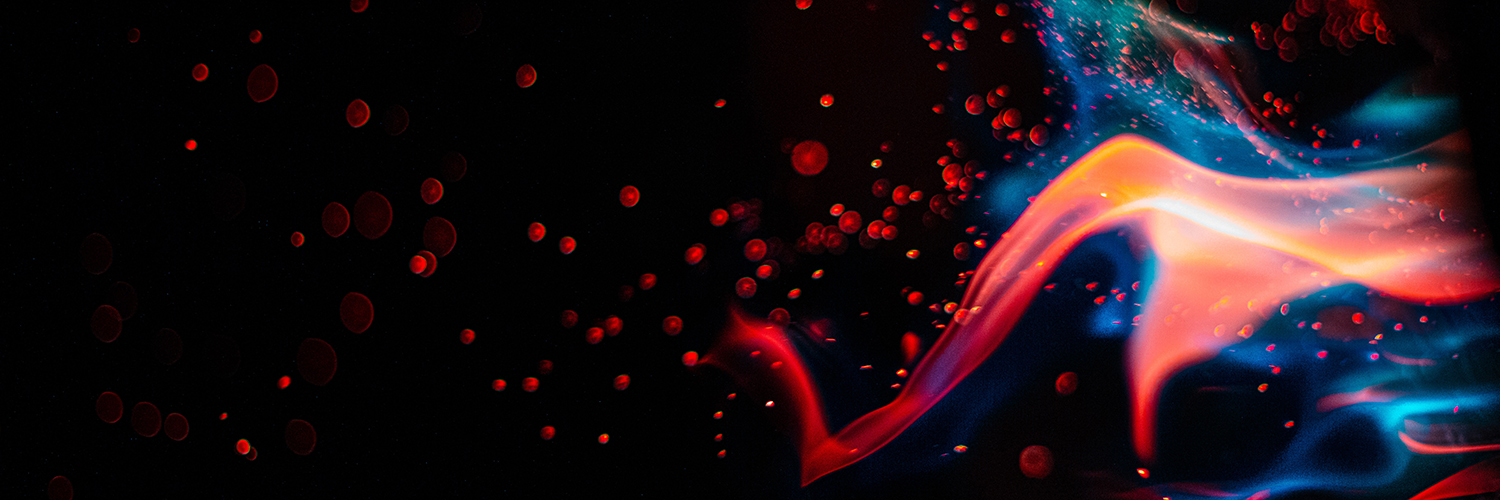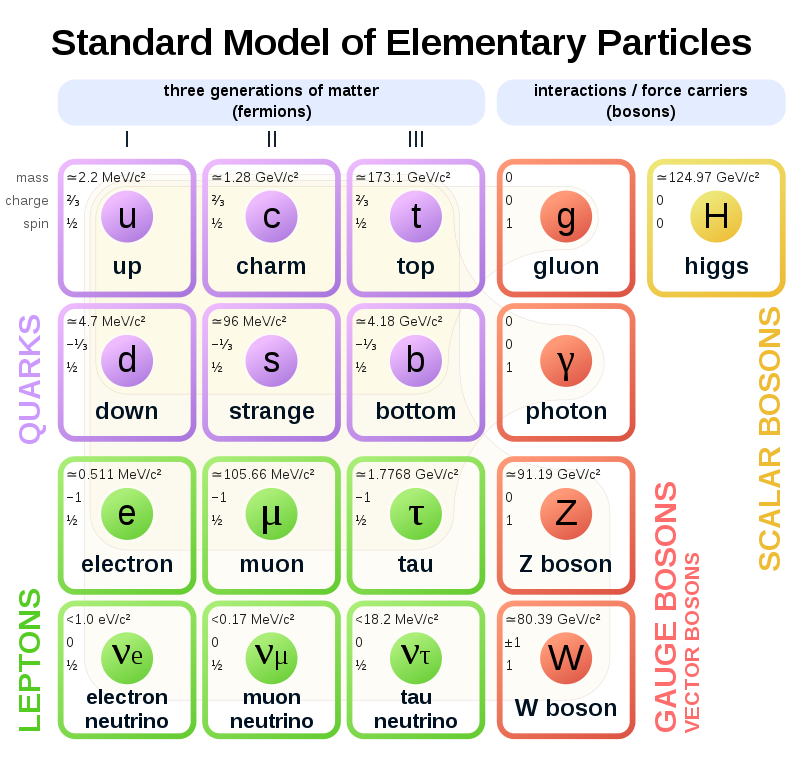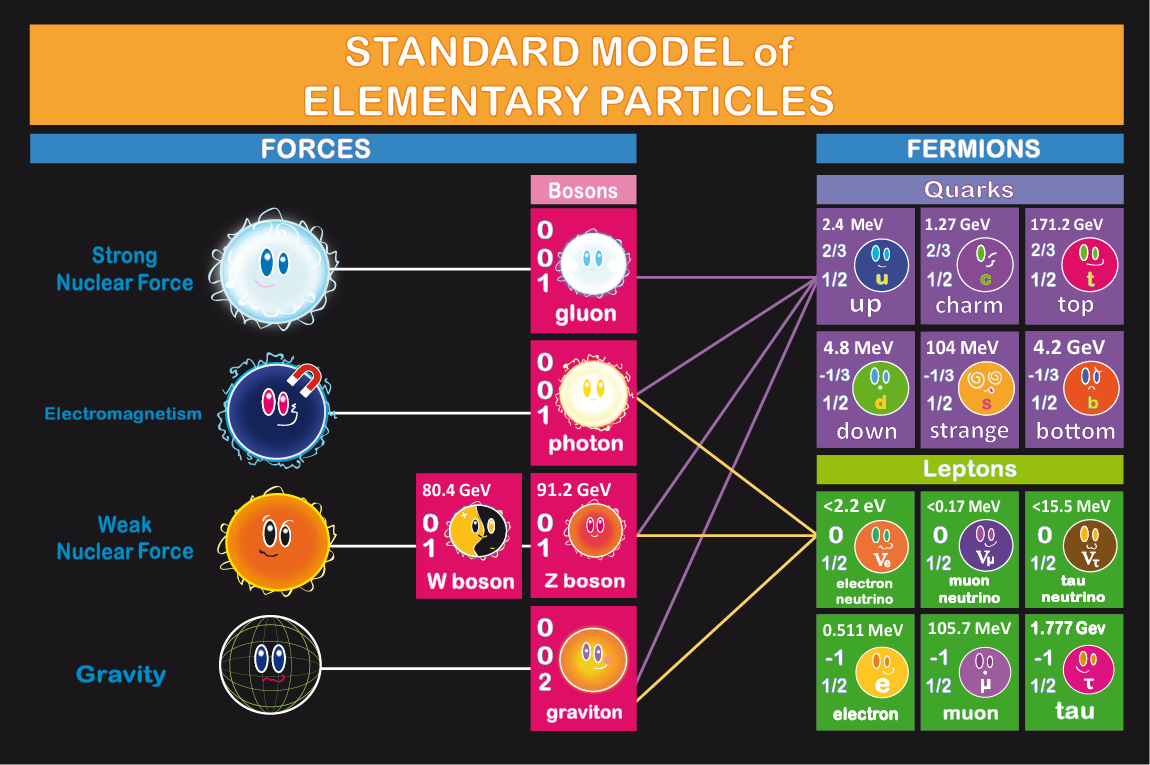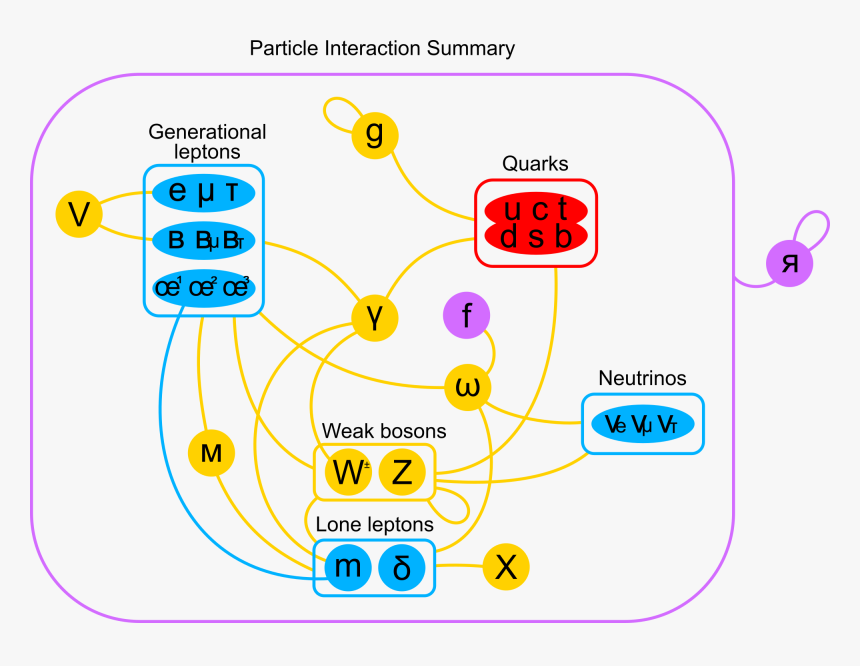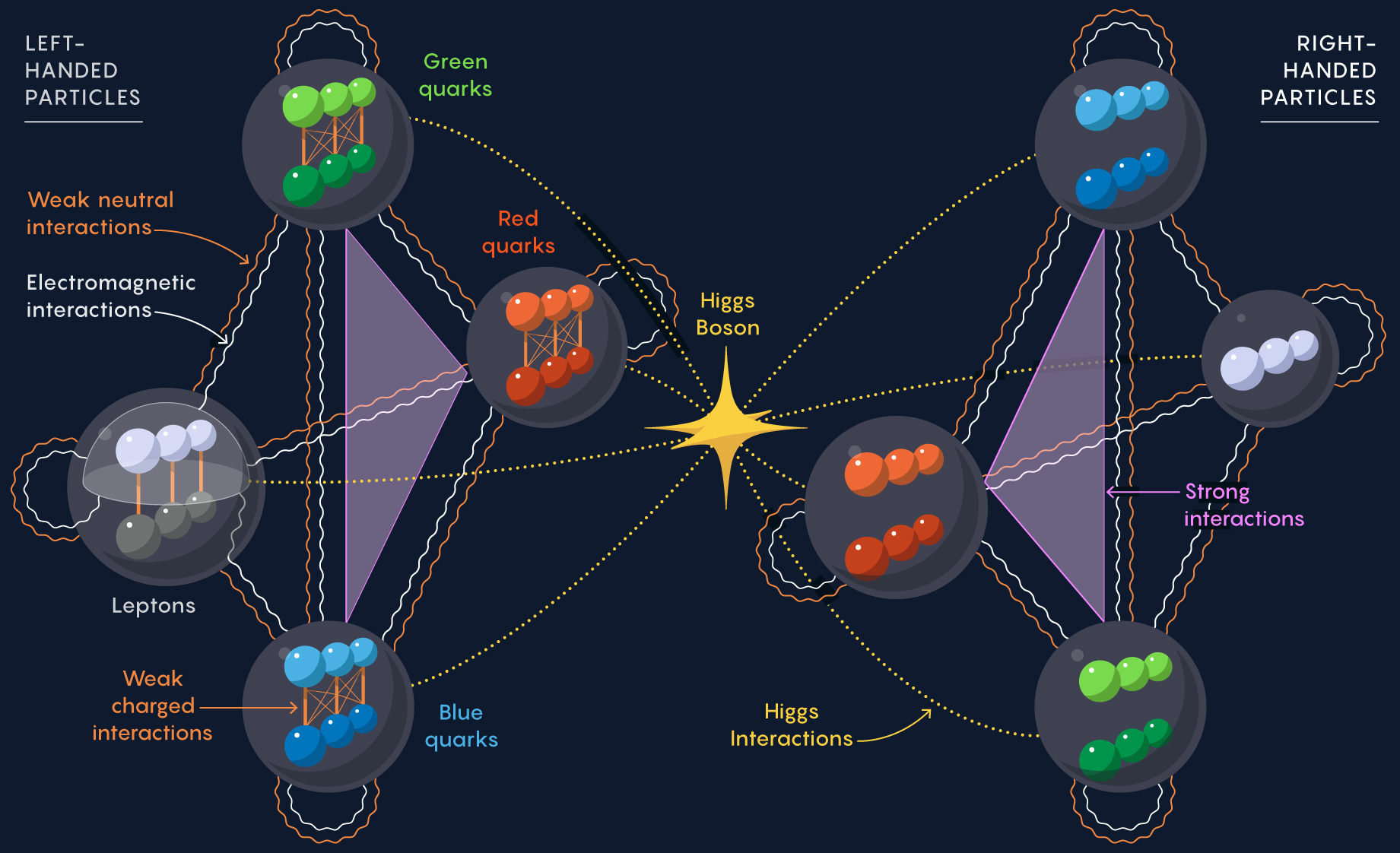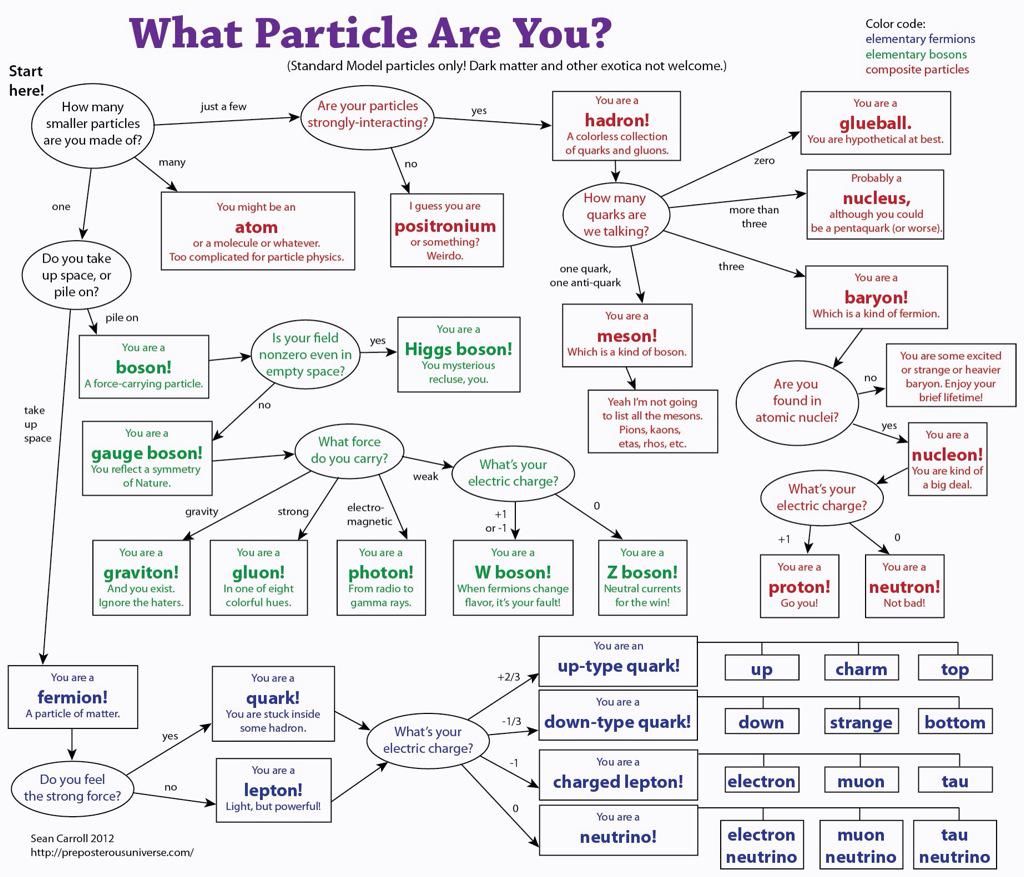How do you visualize complex models?
Science is teeming with complex ideas, models, and hypotheses that are difficult to describe. Even when simple at their foundation, the interrelations and interactions of a model's components can be unwieldy to explain. Graphics help. Only, there we are limited by the number of dimensions we can intuitively understand or represent on our canvas.
As a non-physicist, I have been trying to understand the The Standard Model of particle physics for the last few months. Good depictions would help but those I found on the internet seemed, well, incomplete. Nevertheless, I think it is a good exercise to look at examples to see what is satisfying and dissatisfying about them. Spoiler alert: Numbers 4 and 5 are currently my favorite so if you want, scroll right down to them.
1. A common depiction that you will find on Wikipedia.
This is a nice summary of the "particle zoo" but I find it difficult to follow how the particles relate to one another and how the bosons mediate the forces between fermions.
2. Goofy but a little more information.
I found this depiction of So Much Older Then in tumblr. I like that the 4 forces have been added on the left side and connected to their respective particles. However, to my knowledge, particle physicists have yet to find a graviton and I find the connections between the bosons and fermions misleading.
3. Lots of info, I think, but I don't get it.
This one is from pngitem.com, contributed by Carmen. My sense is that there is a lot of good information about the interactions between particles but I would need to know a lot more about the symbols used to really understand this depiction. OK, so maybe the promblem here is my shortcoming.
4. So far, the one like the most.
What triggered me to write this post was my discovery of this article in Quanta Magazine. It is a smooth and fun read that takes you through this new way of depicting The Standard Model step-by-step. The 3D version of the model can be explored interactively within the article (check it out) and below is the 2D version. Granted, you have to read the article to understand the depiction. But do any of the other depictions mean anything if you don't have a basic understanding of particle theory?
5. For those who are zoologists at heart.
Sean Carroll put together a dichotomous key (OK, OK. Some nodes have more than 2 branches) for the "particle zoo". How appropriate! And for me, a scientist trained in the ancient art of zoology, this just makes me smile.
